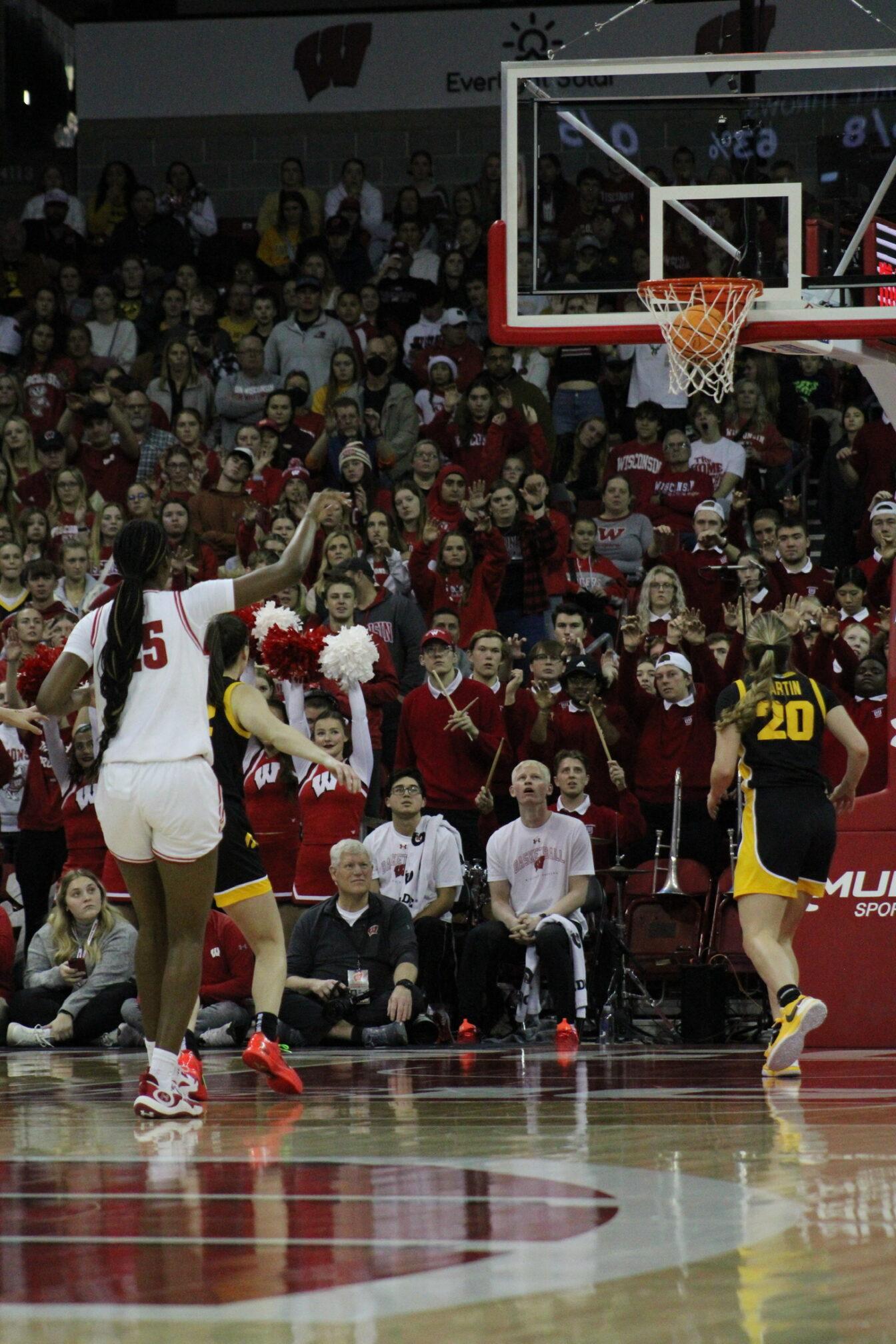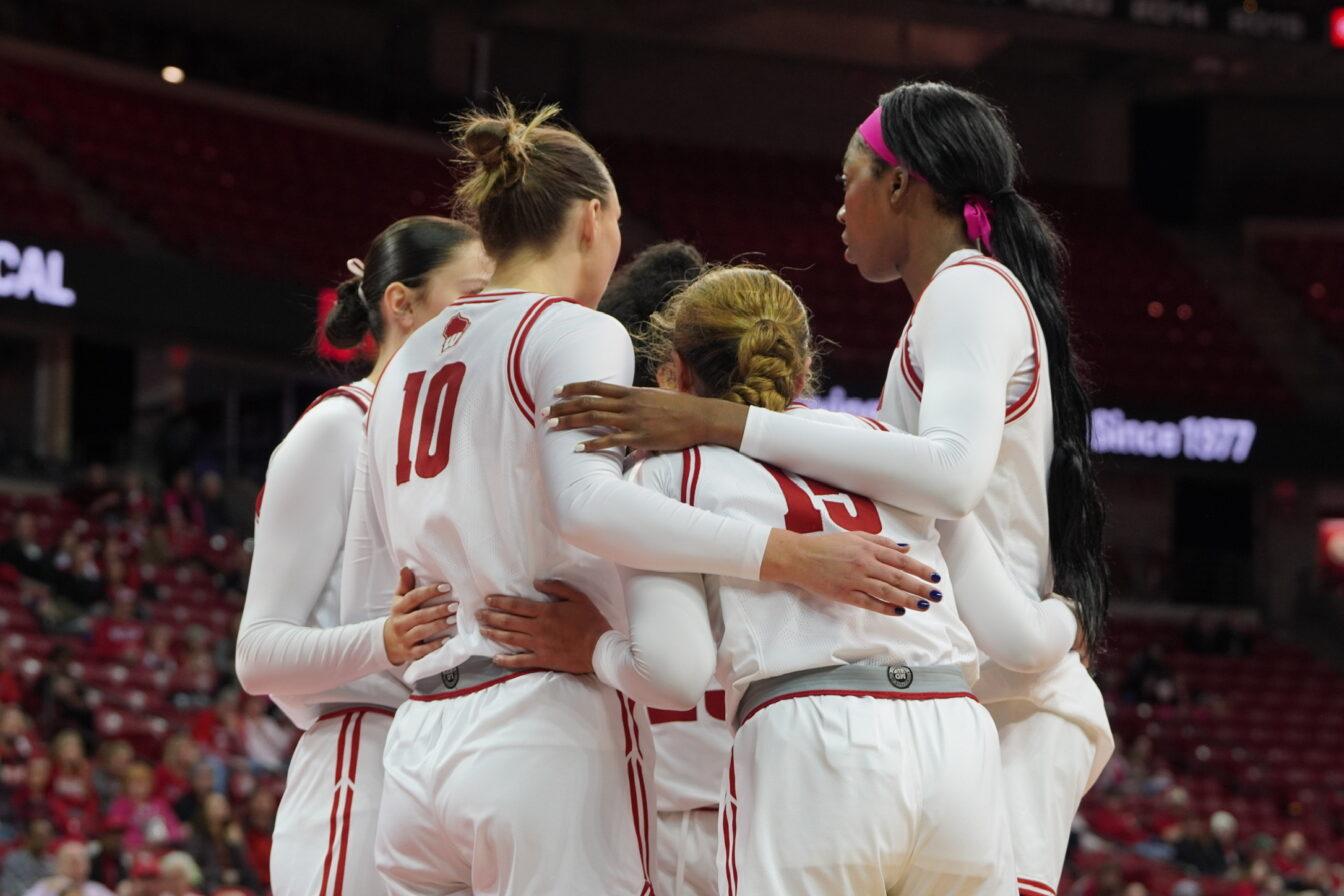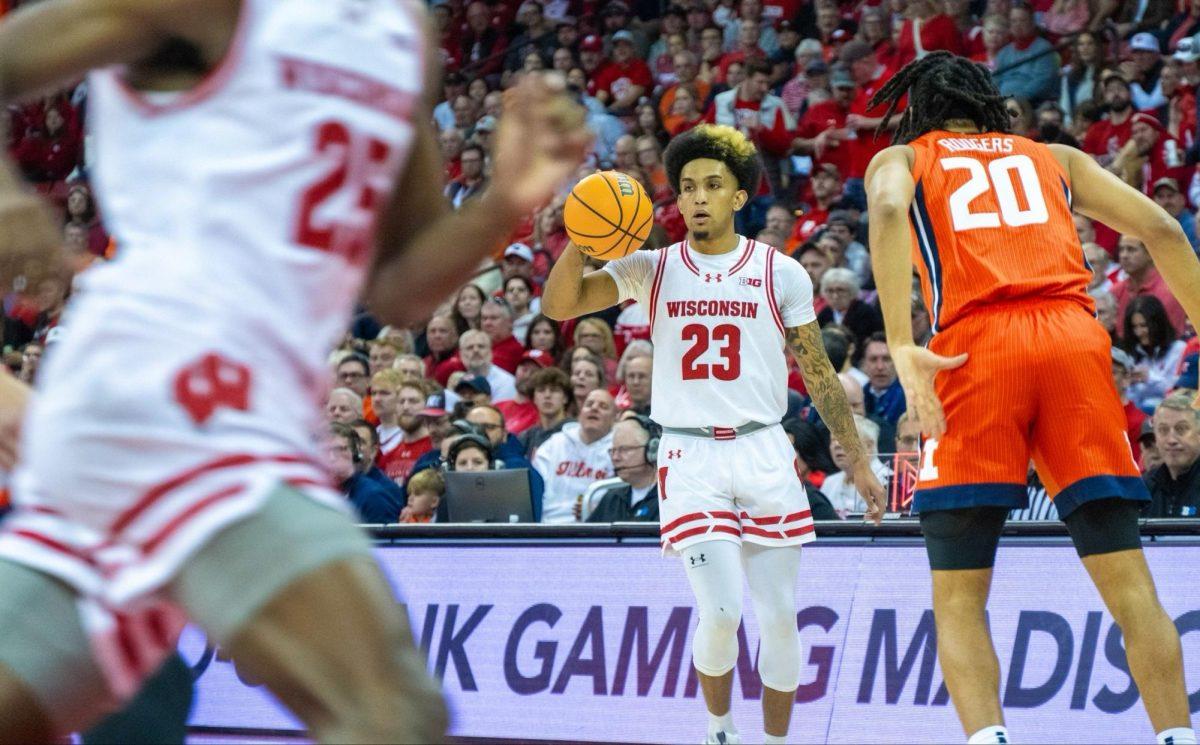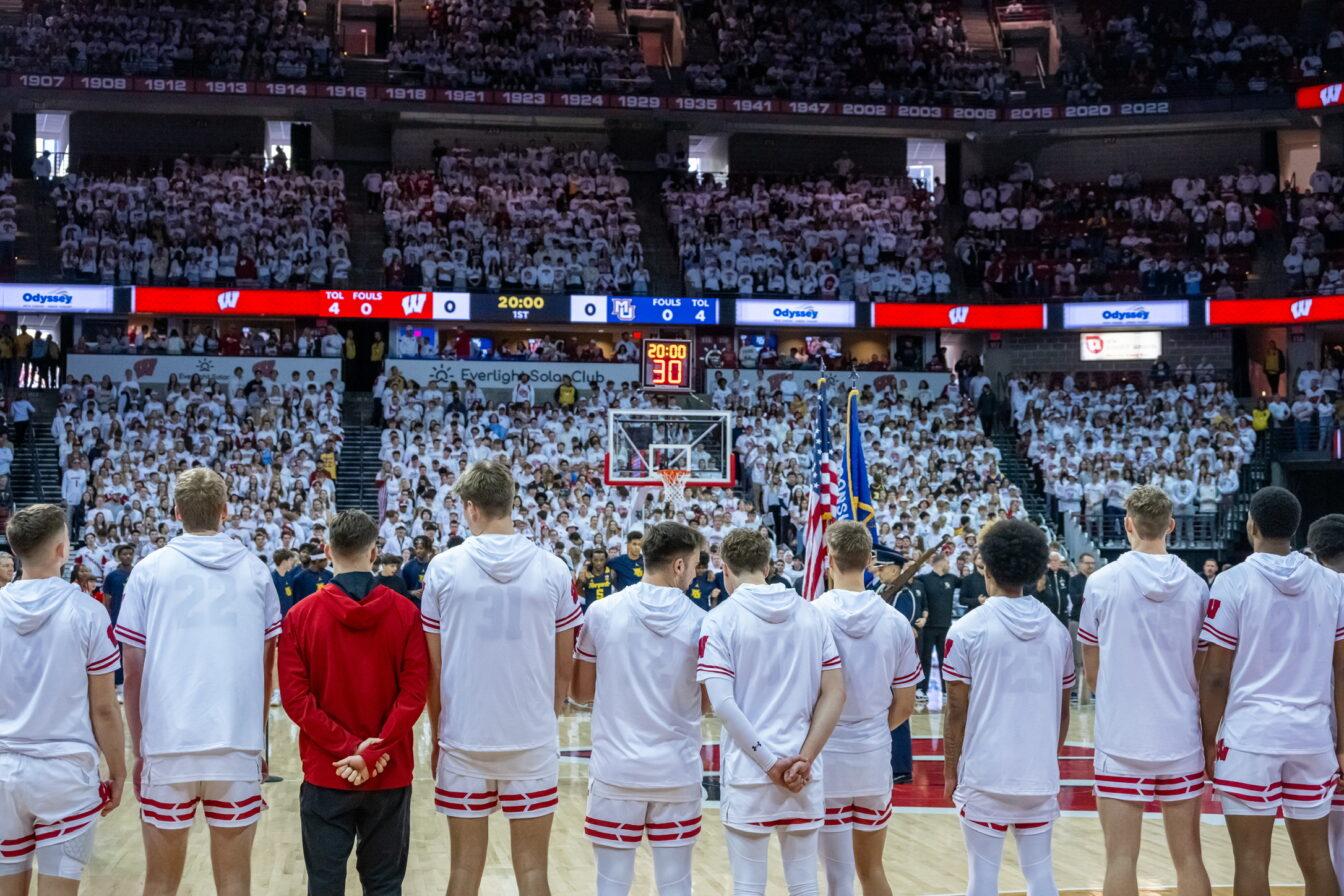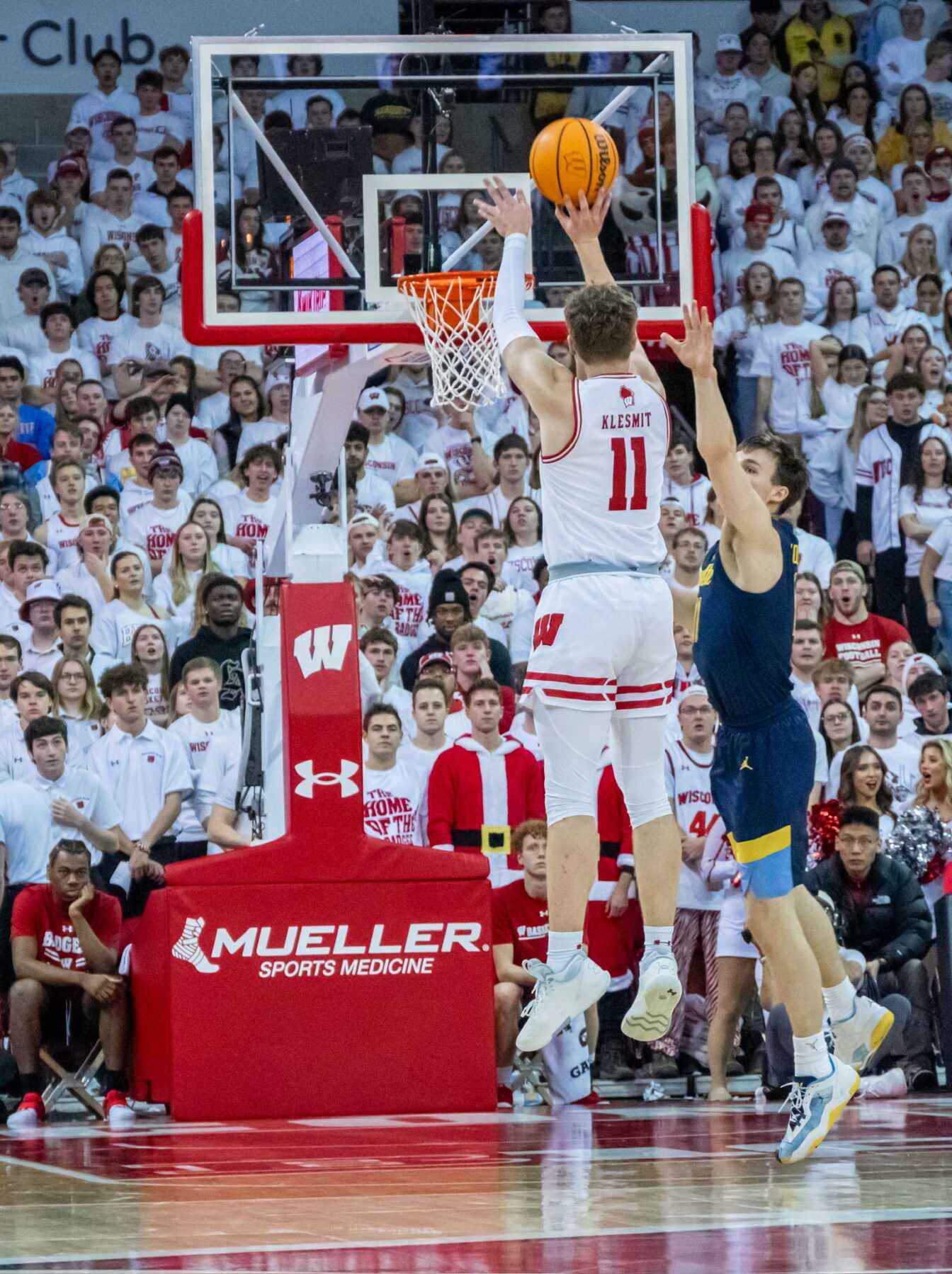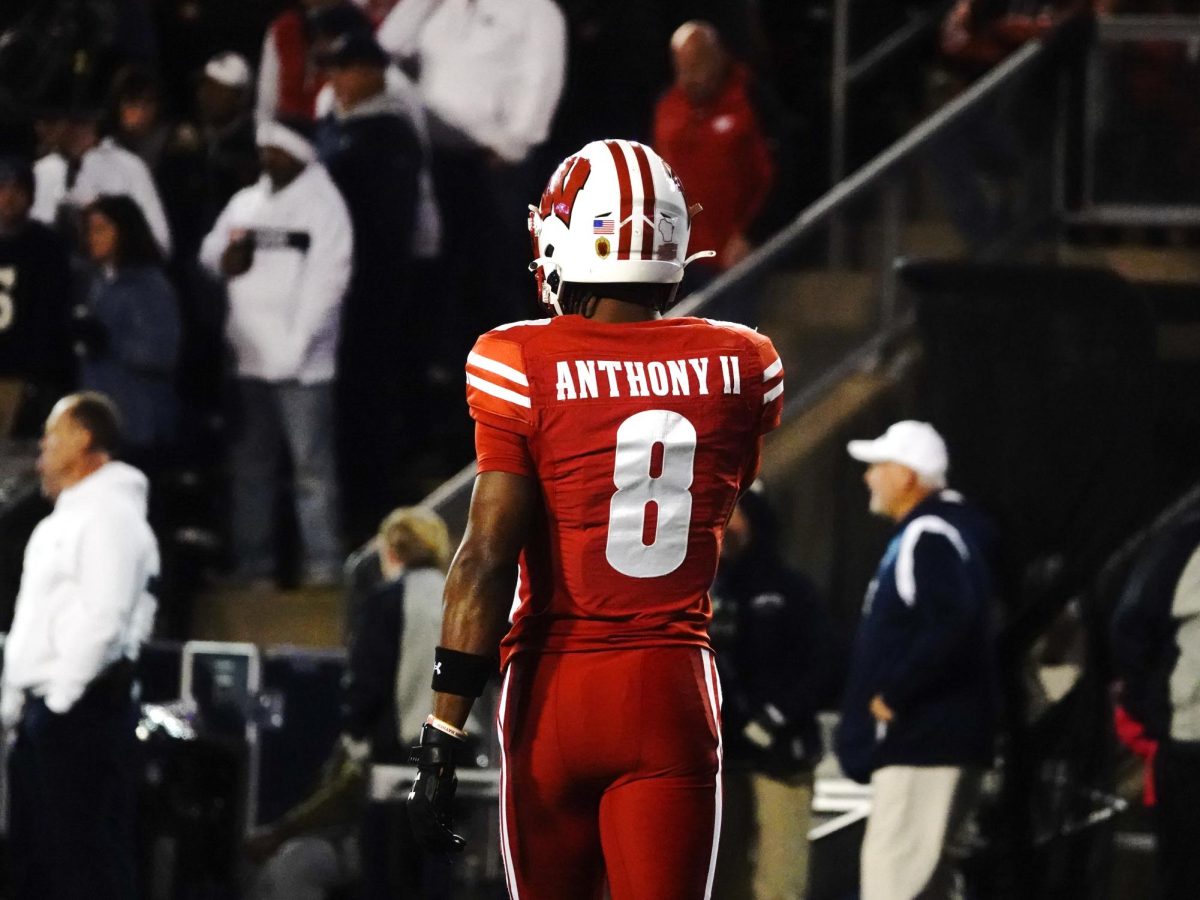When it comes to picking a bracket come March Madness this year, many participants in office pools, school classrooms and social networks will probably be scratching their heads. Why? Once again, this season has not even remotely revealed a sure-fire pick to win it all. Usually when looking into the crystal ball of the NCAA men’s basketball tournament there are at least a few favorites to pick from. But, like last year, my grandmother’s guess on who will win it all is probably just as good as anyone’s (she picked a Duke-Butler rematch last year).
Top ten teams this year have been dropping like students in organic chemistry after the first test. North Carolina looked to be better than Duke for almost an entire game, but a late Duke run and an Austin Rivers three changed that perception.
Wednesday night Baylor got proverbially curb-stomped against Kansas…at home. Our last undefeated team this season is a mid-major program. The Badgers were once ranked in the top 10. Yeah, it’s been that kind of season. Once again, college basketball is mired in uncertainty with no clear-cut, dominant team.
So what’s the biggest difference in the last two years of college basketball compared to the past? Well for one thing, major programs are getting younger and younger every year. Thanks to the NBA’s rule forcing players to wait at least one year after graduation from high school to enter the draft, college basketball has received a bigger boost of individual talent than ever before. However, it makes it extremely difficult to maintain teams with young talent in the long run, resulting in the instability of many programs’ ability to create a truly dominant team.
But even so, select coaches thrive from the “one-and-done” mentality, especially Kentucky’s John Calipari, who has recruited entire rosters of young talent knowing full well they will leave the following year for the NBA. Coach Cal has has put together some extremely talented young teams, like a Memphis squad led by current Chicago Bulls superstar Derrick Rose and a Kentucky team with current Washington Wizards point guard John Wall. But he is one of the few exceptions, somehow managing to turn a competitive squad year after year even among yearly mass exoduses of his players to the pros.
In years past, high school prospects with NBA potential were usually found forgoing college basketball entirely. There were players such as Kobe Bryant, Kevin Garnett, Tracy McGrady, LeBron James and Dwight Howard who all skipped the college game for a direct integration into the league. Yet for every success story of high school prodigies, there are the failures like former No.1 pick Kwame Brown.
While the path directly to the pros weighs many risks, it essentially protected the collegiate game. With talented individuals like LeBron James staying away from college hoops in past years, teams had to worry less about losing their best talent before their junior or senior years. Now, however, with many NBA-ready prospects forced to pursue at least a year of basketball elsewhere, young talented players play in college for the required year and leave soon after, robbing teams of their talent and their strength.
Last year alone, the first eight picks of the NBA draft were either international players or underclassmen. Overall, 13 underclassmen were picked in the 2011 draft, while in the 2010 NBA draft 22 players drafted were underclassmen. With a trend of talented players leaving earlier, college basketball lacks truly elite teams. In this writer’s opinion, to be a truly elite team, a group of players must have terrific chemistry on the court, something that takes longer than one or two seasons to accomplish.
Perhaps one of the best supporting crutches I lean on with this view is the mid-major surge of recent years. Nobody would have thought that VCU and Butler would be two of the last four teams standing a year ago. These two Cinderellas hitched a pumpkin ride to the dance (as long as a commute from Langdon Street to Highway 151 on a Friday at rush hour) because of rosters loaded with upper-class leadership. Duke ended up winning it all two years ago because veterans Kyle Singler and Nolan Smith decided to stay (even though they lost the next year with one-and-done sensation Kyrie Irving). Right now Murray State, the last undefeated team in college basketball, benefits from having a starting lineup made entirely of upperclassmen and a bench loaded with veterans.
When looking at teams built entirely of one-and-done talent like Kentucky, it’s hard to imagine such a young team will ever win the Big Dance when many of them are still not entirely polished players. Without proven veterans who have experienced the tough games down the stretch, it’s hard to predict how a team will play come crunch time on the biggest stage of them all. With mid-majors keeping their players for multiple years and larger teams losing talent faster than ever before, it seems as long as the NBA eligibility rules remain in place, the college game is barred from long-term stability on its rosters. Without older, veteran teams and mid-majors retaining their players, it seems the long-term picture of predicting the NCAA tournament more difficult than ever.
Nick is an avid Coach K enthusiast who majors in junk food come tournament time. When college hoops isn’t cutting into his precious little study time, he also enjoys screaming at a team of 8th grade kids he coaches in the style of Bob Knight. Any comments on his guest column for Hoops America? He’d love to hear them. Give him a shout at [email protected] or on twitter @nickkorger.








